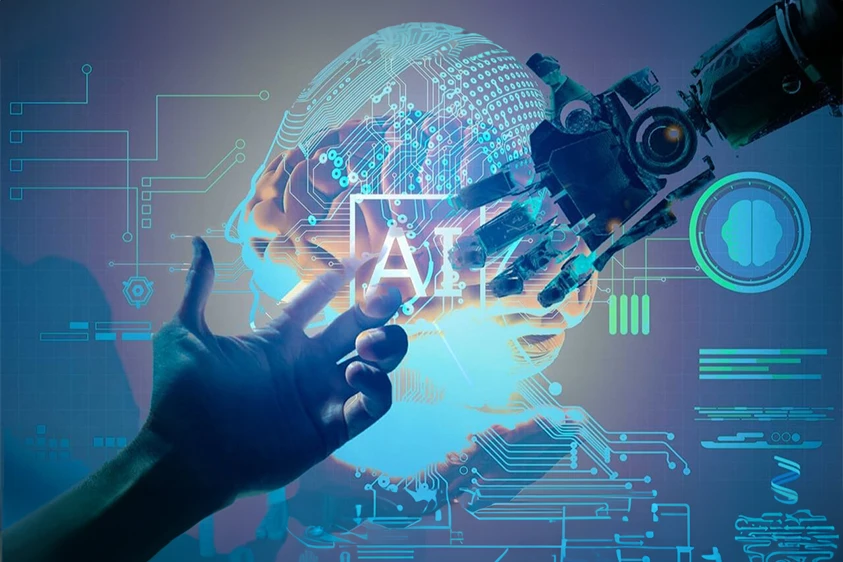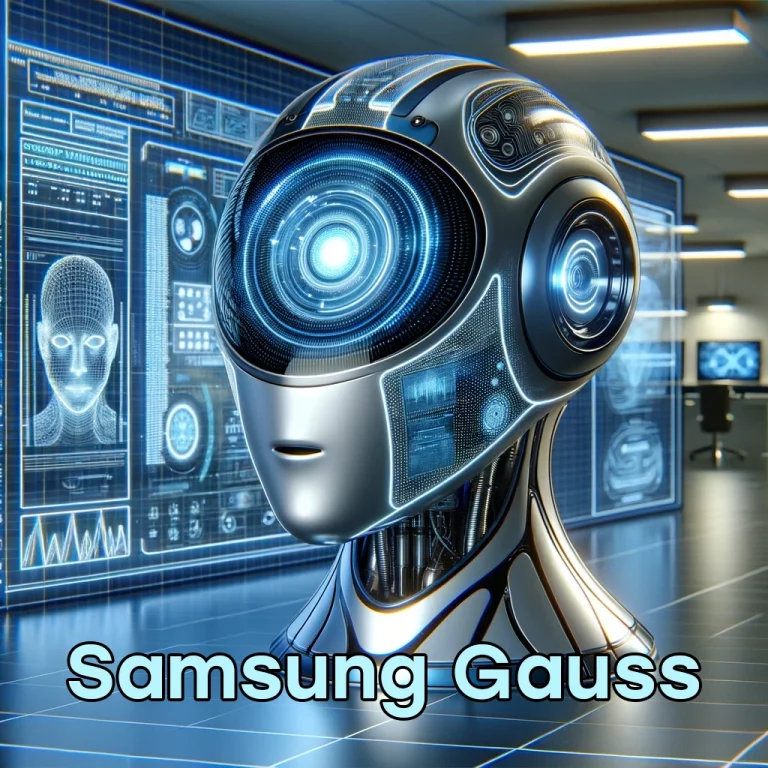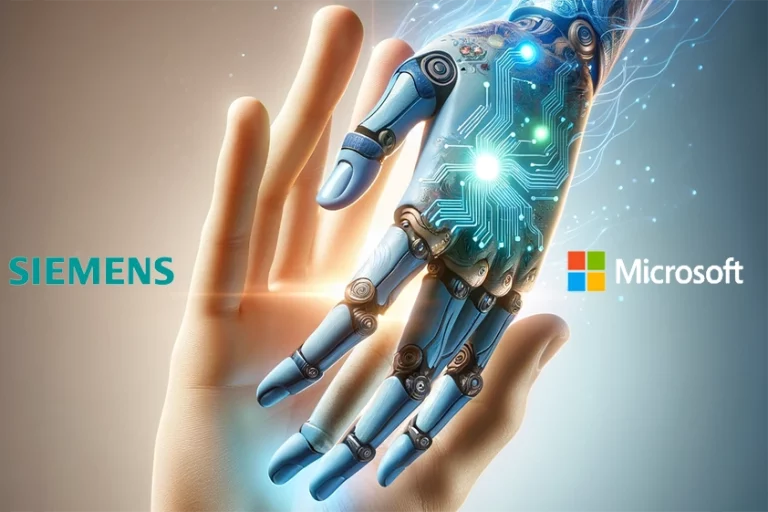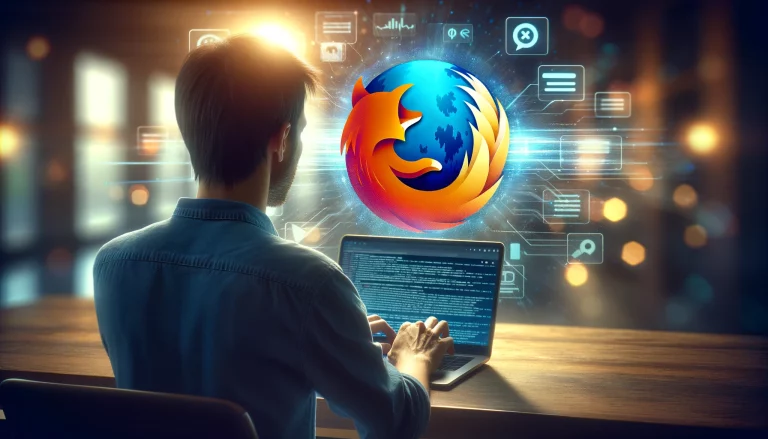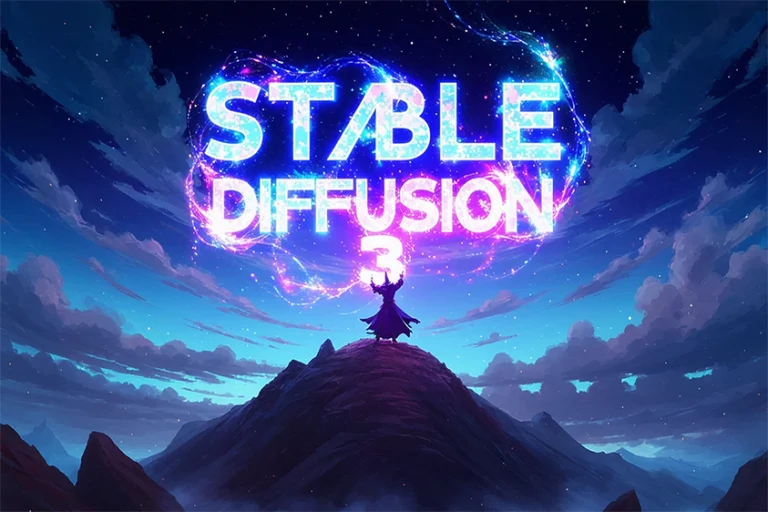Navigating the Complexities of AI’s Synthetic Realities
Through the medium of artificial intelligence (AI), we get enlightened not only with the weird but also with the creepy phenomenon of existent personalities and events being fabricated. In the last few years, the emergence of technology has made it easier for people to manufacture fake, but really detailed, deepfakes using AI, and thus this has led to questions about how these fabrications can influence our society, whether politics, entertainment, or anything else.
The applications of AI that can be afforded and easily accessible by people have made the manipulation of images, videos, and audio a commonplace thing. By this means, the generation of deceptive representations becomes a possibility because the latter cause a real conflict of interest and cast doubt on the reality of media content. With technology getting bigger and bigger, we need to understand how these advancements can affect what is true and what is not true. Moreover, they can affect the level of trust in these technologies themselves. Deepfakes are able to wash through communication means, providing more mechanisms for users to comprehend and be watchful.
The ability to grasp how AI and technology play a role in the creation of these virtual dimensions is paramount to holding people accountable who produce and spread false information. We have the opportunity to be up-to-date with this gradually developing area and be one step ahead of deepfakes, so we can successfully differentiate between fact and fiction.
Understanding Deepfakes and Artificial Intelligence
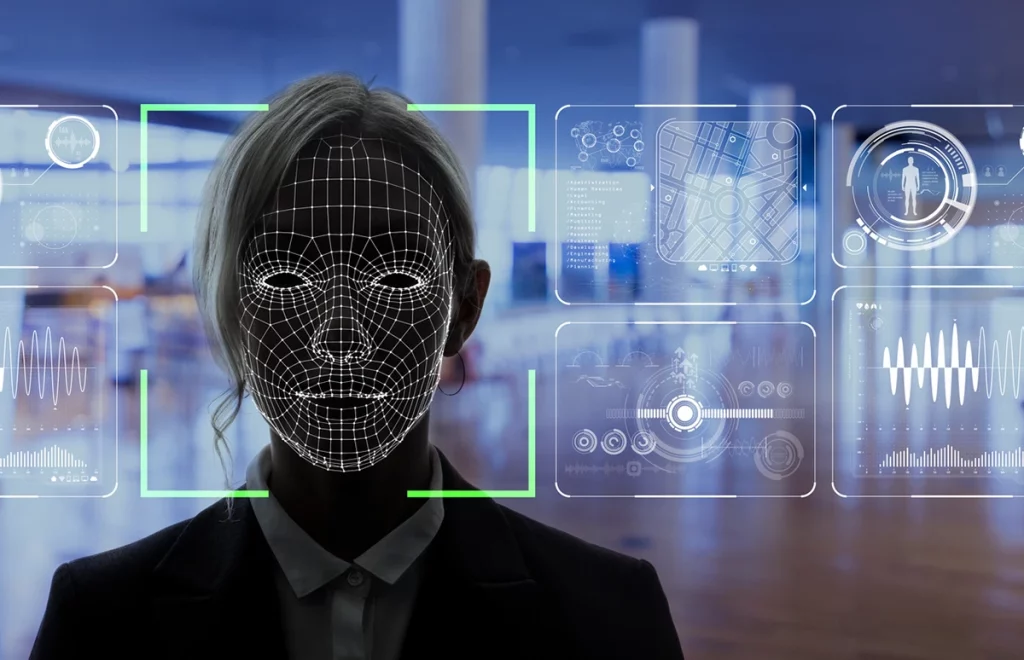
The Basics of Deepfake Technology
A deepfake is a deep manipulation of videos or audio clips by the virtue of AI technology where a person appears to say and do something that they never did, in fact. These are the altered media, which could prove to be very convincing, diverting attention to the identity based on truth and trust.
Network learning and neural networks are at the core of deepfake technology. Such progressive AI algorithms determine the structure of the data trial, which at once leads to the creation of realistic content. It is to point out that this process is AI-driven and large language model-driven.
Generative AI and Large Language Models
Generative AI and large language models are components of the technology for building deepfakes. Using deep learning (GANs), AI systems are capable of forging entirely realistic images, audio, or video by making the most of a great deal of data. It is based on machine learning, where machines extract essentials from real-world examples and simulate them without being differentiated from reality.
In AI, there are two neural nets, a generator and a discriminator, that perform certain tasks simultaneously. A model comprises a generator that produces the content and a discriminator that figures out whether the content is real or generated. This process subsequently progresses to a stage where the artificial intelligence becomes difficult to tell apart from the original media.
Large language models render machine learning parts of deep fake audio and text creation. These models get trained on datasets so as to learn the language patterns, syntax, and context, which enable them to generate text and speech that closely imitate human-like qualities. As a result, nowadays it is not easy to explicitly indicate the voices and conversations in deep fakes as synthetic anymore, as in artificial intelligence.
In order to understand the microdetails and explore the potential applications of deepfakes and AI technology, the components and the methods related to them should be clear. One of the necessary things that should be considered by people is keeping themselves well informed and developing thinking skills, which will in turn aid them in dealing with the proliferating domain of synthetic media.
Impact on Media and Social Media
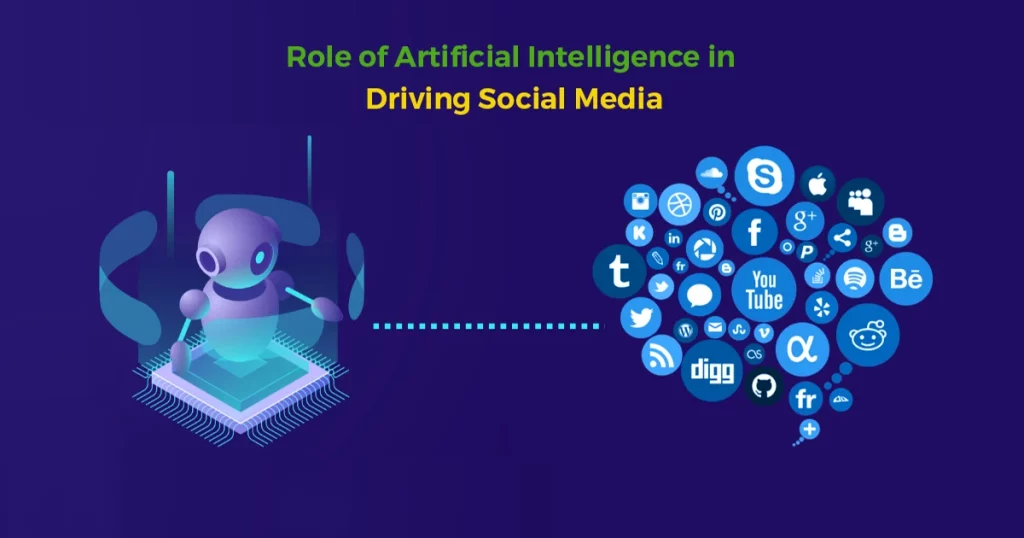
The Role of Social Media in Spreading Deepfakes
Through the development of intelligence, these are now very realistic, forging a barrier between what is authentic and what is synthetic content. This presents challenges for journalists and media institutes that seek to preserve trust and credibility in the face of emerging risks.
The emergence of AI technology as an instrument for disseminating news has the risk of lowering the reputation and reliability of media outlets as well as social media platforms. Accordingly, people should beware of these threats and discriminate against the material they read, listen to, or circulate on media networks.
The problem of the spreading of news worldwide has prompted various efforts by organizations and platforms to invest in tools. Performing the research to detect and identify the deepfakes as well as content that is inaccurate. This cooperation implicates tech companies, news organizations, and academic researchers with the key role of ensuring properness, reliability, and openness across all forms of media channels.
Resume by discussing that everyone who uses social media needs to keep themselves informed and take responsibility for items that they use and publish. Unquestionably, in the current media world, one ought to master digital literacy and critical thinking. This will smooth your way through the overload of deepfakes and fake news that are out on the web.
Deepfakes in Political Landscape
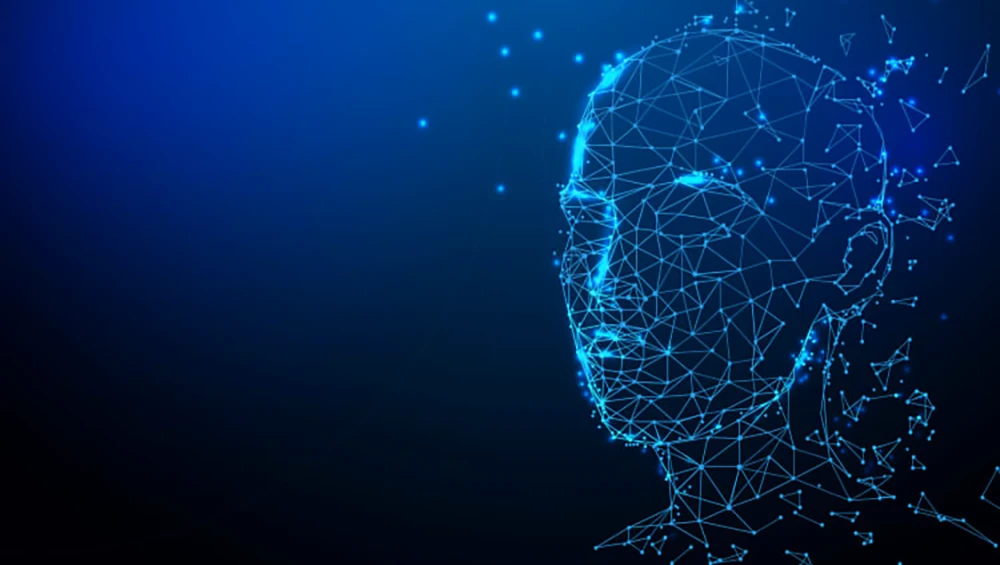
Impact on Elections
The impact of deep fakes on the world is visible, with elections being the primary area where the problem manifests itself. Bearing in mind the technology’s progress, generating fake personalities and voices is now way easier than it used to be. This represents a danger that the reliability and security of processes can be violated. Furthermore, deepfakes are able to alter opinions as videos are created where the person who holds office allegedly says or does something that is not true.
As a voter, it is your responsibility to process the information you receive with a higher level of caution. Educate yourself on deep-fake hazards. Check the validity of the sources and evaluate the implications of this type of video for decision-making in your country.
Deepfakes and Political Campaigns
Political campaigns have unfortunately become platforms for the spread and usage of deep-fake content. Inciting this technology, opponents will fabricate speech, and interactions will never happen between them. Therefore, the provided virtual environments should not deceive people. Similarly, aggravate the existing political divisions and bring about the rioting of the people.
It is also important that you know this part of the process and realize that some information that you come across on the internet may not be genuine. Seek out sources. Ensure the source of information is verified so that you can make clear decisions regarding the candidates you vote for.
Case Study: Deepfake Involving Volodymyr Zelensky
A useful example of deepfakes in politics took place with Volodymyr Zelensky, the President of Ukraine. On the eve of the upcoming NATO summit, a fake video as if it showed Zelensky pronouncing his willingness to take Ukraine to NATO has been spread around. Such a position might become highly controversial both domestically and internationally, which might raise concerns in Russia.
The role of deep forgery here is that it has the capacity for inter-state conflicts and even inter-polar strengths. It is gradually becoming a necessity for you as a citizen to be watchful lest you fall prey to misinformation, and before you share or act upon it, authenticate the content. The input of governments, technology giants, and the overall civil society is vital in overcoming the ever-growing fake news war; nonetheless, your part as a person should not be neglected.
Detecting and Preventing Deepfakes
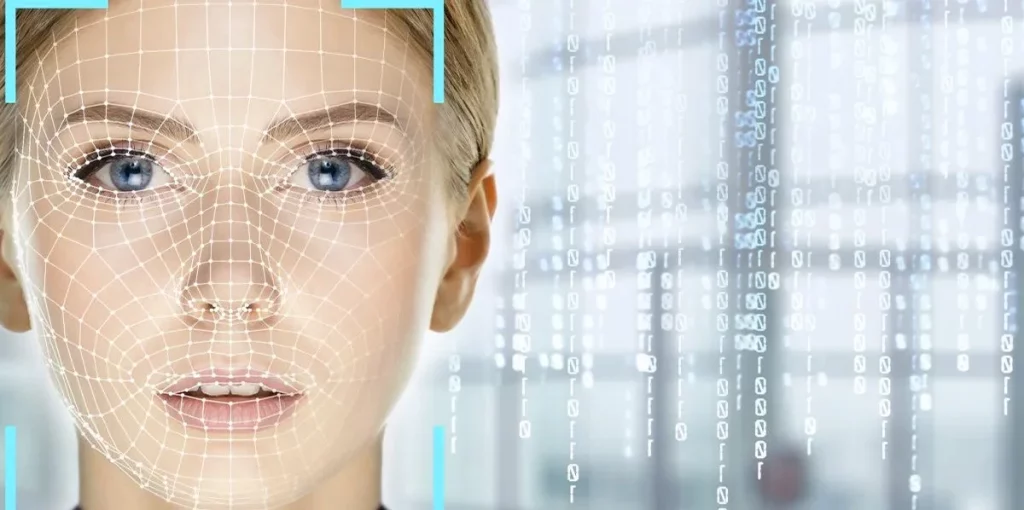
The Role of Background Knowledge and Healthy Skepticism
Further development of the deepfakes makes it more necessary to be skeptical about the content and get the help of your background knowledge. To know if the information is authentic, you need awareness of the topic and sufficient background knowledge of the matter. Keep in mind that context matters with content, so always investigate the source, find supporting evidence, and consider the objectives of the person creating it.
Emerging Solutions on Deepfake Detection
Different technological solutions are already being invented to curb the assault of deepfakes, including machine-learning-based detectors. For example, Microsoft has a tool that analyzes every photo and video to find any sort of image or pass-partout substitution. They carry out the analysis by looking for signs of creation, like inconsistencies, artifacts, and movements, to rate a confidence score in whether the content is altered or not.
Plausible sides go hand in hand with solutions; hence, policy is an equally significant tool in the fight against fake news. Coordination and joint efforts among the government, private sector, and expert researchers are key areas in formulating rules, regulations, frameworks, and legal systems to deal with deep-fake issues. Such working relationships can help to build a virtual reality and identify those who create and spread deceitful content.
Ethics and Legal Implications of Deepfakes
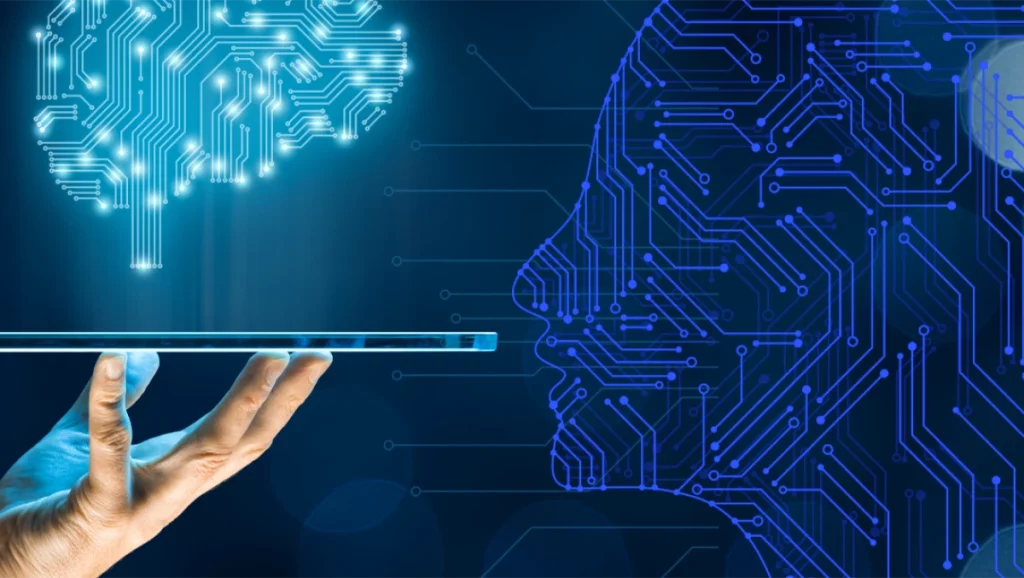
Misinformation and Disinformation
In an era of intelligence, unconfirmed and made-up stories that are not based on factual evidence play a part. They become embedded in circumstances that might lead to a scenario of events never experienced but made to appear to be true, which can alter public opinion into a lack of trust and/or distortion of truth. With the existence of deepfake, the adversaries can do all that effortlessly, including manipulation or fabrication of images, voices, and videos, without a serious problem, which in turn makes it more difficult to distinguish between true and false.
As deepfake technology comes closer to the point of perfection, its likelihood of creating the instability and chaos evident in society becomes all the more likely. This makes it evident that every relevant piece of legislation must be put in place in order for these consequences to be avoided. It is necessary to develop means to make such fakes more and more imperceptible and make these fakes less available, especially, concerning the elections, political discussions, and the issues involved in public concerns.
Copyright Infringement
Quite apart from deepfakes giving rise to issues on intellectual property rights, impersonation of celebrities or politicians is something these kinds of technologies can enable. An infringement of copyright occurs when works are modified or manipulated without permission from the copyright holder, unless such an act comes within the exception of the copyright law. Deepfakes can be used for simulating someone’s likeness or voice and creating derivative works with the use of their personality or other material belonging to them.
Pictures, music, and literary works that have ‘significant original expression’ are legally protected. This means that the unauthorized use of another person’s creative work is illegal. It is vital that one is aware of the cons that following fake news has, such as at times tarnishing public and private images as well as violating the rights of a random individual or company.
With the scenario of intelligence and deepfake technology evolving, it is very important to be alert and not waver from the path in terms of fairness and ethics. Clear explanations of the legal responsibilities connected to the production and use of these copies may get people to talk about the subject, observe intellectual property rights, and maybe even develop a perception of the potential effects of technology on our lives.
Psychological and Emotional Impact of Deepfakes
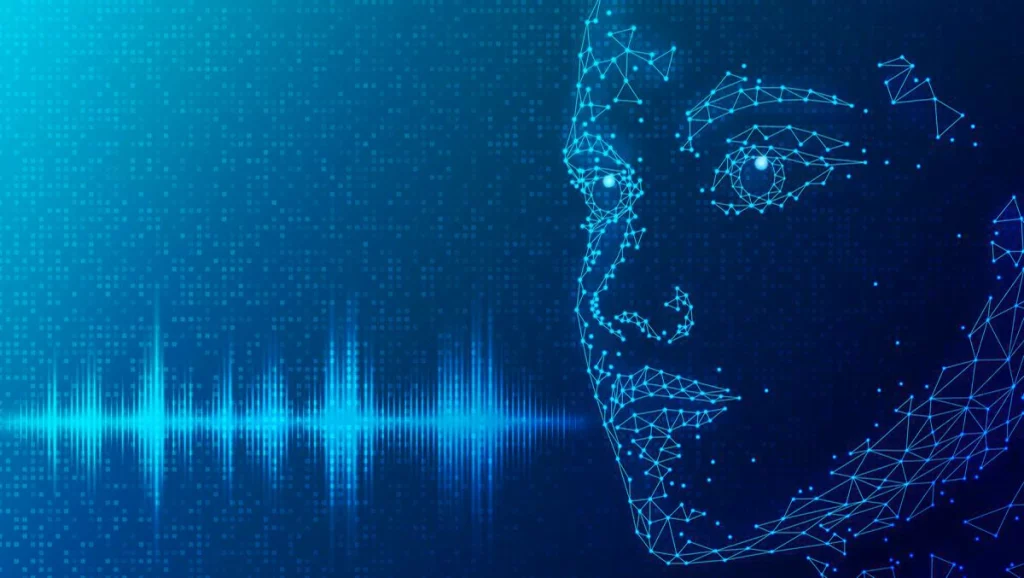
Influence on Anxiety and Stress
Deepfake technology can seriously endanger the stability of your mental health when it comes to anxiety and stress issues. Whenever you cannot verify if the information presented to you is real or manipulated, this can cause anxiety. The consequence is that the audience usually develops a lack of trust in the media channels, which activates a stressful state in them where they are constantly not sure about the reliability of the information they see.
Apart from that, you can experience disturbance yourself if you become the target of deepfake video or voice falsification. This may spoil your reputation, both on a public and professional level. On some occasions, the bad intentions behind the creation of these entities may also infringe upon your privacy. Tell offenders about your safety concerns.
A deepfake possesses the power to produce doubt and uneasiness in incidents, political issues, and even historical facts. When people cannot tell clearly between reality and fiction, they may be disoriented and feel uncomfortable with it.
In order to overcome feelings of uncertainty and fear, people need to get familiar with deep fakes and understand how they are created to be able to spot them. The importance of checking sources, trusting media outlets for information, and practicing rhetorical literacy should be promoted. Such little measures are basically designed to treat anxiety and stress associated with fake content.
Conclusion
Finally, AI can change the world in many ways, as it provides a brand new look at reality itself by producing identities and voices that are definitely going to impress but could also provoke a repetitive threat for society. When looking into the consequences of this technology, it is important to also consider the manifests of both the objections it may cause and the benefits that it implies.
The essence of the debate around AI revolves around whether the technology can go on while sharply abiding by moral rules and gaining confidence. While tackling this issue, make sure to be transparent, well-regulated, and adhere strictly to ethical practices. These procedures and safety measures will be the most efficient factors that will create guarantees for AI tools, both in terms of their human wellbeing and success.
Speaking of priorities, the biggest of them is reducing bias in those particular AI systems that usually display them. Inequalities and harm may result from the AI-generated content; therefore, the reduction of these effects should be the main focus of efforts. This is crucial exactly because it is pertinent for providing the required trust and societal righteousness of this technology.
Finally, the acceptance of the two-way interactions between intelligence and identity creation means the need to be knowledgeable about and critical of the current national advancements in intelligent technology. When you talk about this subject with assurance, proficiency, and clarity, you can better understand the risks and make knowledgeable decisions on what level of involvement is right for you with regards to this revolutionary technology.
Frequently Asked Questions
What impact do deepfakes have on politics?
Deepfakes can be a tool that depicts political figures in a distorted way. They are called deep forgeries, and they are used to disperse lies, villify someone, and create a specific mood. It is significant for people to be more aware and practice some measures to confirm the truthfulness of the content that they come across.
Are there any instances of identity theft?
Although there may not be so many cases of identity theft that are published, it has been proven that deepfake technology was used for making profiles or impersonating real people. In the long run, this may result in privacy breaches, scams, and damage to one’s reputation. One can keep oneself safe by adopting the strategy of being cautious and critical of the content, and thus, the risk can be minimized.
How do deepfakes contribute to misinformation in technology?
Deepfakes prompt a pressing challenge because they are capable of crafting information and altering public opinion. This is turned into a discourse on technology that highlights the possibilities of using technology as a tool to enhance human lives and simultaneously avoid harm or the spread of false information. Understanding the issues prompted by deep-fake technology is crucial for an individual and society at large. Therefore, discussions around the possible regulation of the technology are what are required.
What are some examples of threats, in campaigns that use AI?
Despite the fact that deepfake activities cannot be seen publicly, there is a fear about deepfake campaigns using people’s private intelligence in order to deliver misinformation or cyber warfare. These campaigns could be the development of social media accounts, impersonating a trusted source, or exploitation of fabricated audio and video content for deceiving or misleading the audience. So it is important for users to be aware of these dangers and to practice safe online communication.
Is it possible for artificial intelligence to generate individuals?
Absolutely! Artificial intelligence can display synthetic people on its own initiative. To do this, in most cases, the networks (GANs) that can easily generate images, voices, or texts that seem to belong to people who do not exist are employed. On one hand, it can be used with high precision in the fields of video game character development or digital art, but it can also present a threat to the privacy of a person, identity theft, and the dissemination of misinformation, on the other hand.
What dangers and risks are associated with deepfake technology?
The technology of deepfake is associated with the emergence of threats and risks like privacy invasion, identity theft, misinformation diffusion, opinion manipulation, and even perceivable national security dangers.
Considering the progressive nature of deepfake technology, individuals should stay alert about the implications and take the steps to defend themselves and those who are close to them from the possible misuse of this technology.

